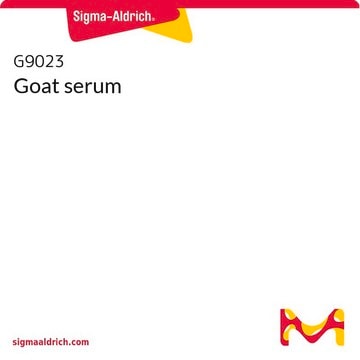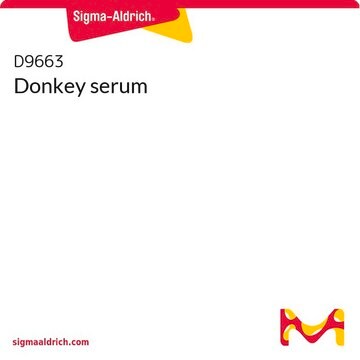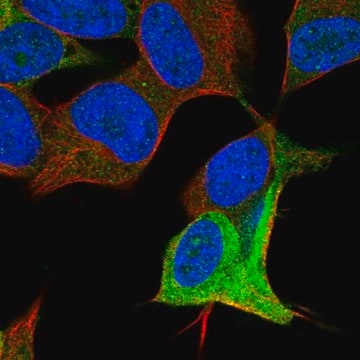112372
Ethyl cinnamate
99%
Synonym(s):
3-Phenyl-2-propenoic acid ethyl ester, Ethyl 3-phenyl-2-propenoate, NSC 6773
Sign Into View Organizational & Contract Pricing
All Photos(2)
About This Item
Linear Formula:
C6H5CH=CHCOOC2H5
CAS Number:
Molecular Weight:
176.21
Beilstein:
775541
EC Number:
MDL number:
UNSPSC Code:
12352100
PubChem Substance ID:
NACRES:
NA.22
Recommended Products
Quality Level
Assay
99%
impurities
may contain alpha-tocopherol (synthetic)
refractive index
n20/D 1.558 (lit.)
bp
271 °C (lit.)
mp
6-8 °C (lit.)
density
1.049 g/mL at 20 °C (lit.)
storage temp.
2-8°C
SMILES string
CCOC(=O)\C=C\c1ccccc1
InChI
1S/C11H12O2/c1-2-13-11(12)9-8-10-6-4-3-5-7-10/h3-9H,2H2,1H3/b9-8+
InChI key
KBEBGUQPQBELIU-CMDGGOBGSA-N
Looking for similar products? Visit Product Comparison Guide
Application
- Antimicrobial and antiproliferative effects: Essential oils including Ethyl cinnamate derived from Zingiberaceae family show promising antimicrobial and antiproliferative properties, suggesting their potential application in oral healthcare products. This study provides insight into the utilization of natural products for medical and pharmaceutical applications (Amil et al., 2024).
- Biodistribution and cellular interactions in medical research: Ethyl cinnamate could be investigated for its role in enhancing the permeability and imaging contrast in studies like those investigating the biodistribution of intravenously delivered mesenchymal stromal cells. Such applications could improve understanding in cellular therapies and regenerative medicine (Pichardo et al., 2022).
Biochem/physiol Actions
Ethyl cinnamate inhibits the growth of Chlorella pyrenoidosa.
Storage Class Code
10 - Combustible liquids
WGK
WGK 1
Flash Point(F)
Not applicable
Flash Point(C)
Not applicable
Personal Protective Equipment
dust mask type N95 (US), Eyeshields, Gloves
Choose from one of the most recent versions:
Already Own This Product?
Find documentation for the products that you have recently purchased in the Document Library.
Customers Also Viewed
Gessica D Gonçalves et al.
Anatomical record (Hoboken, N.J. : 2007), 303(10), 2668-2678 (2020-01-28)
Fetal hypoxia is a common complication of pregnancy. We have previously reported that maternal hypoxia in late gestation in mice gives rise to male offspring with reduced nephron number, while females have normal nephron number. Male offspring later develop proteinuria
Li-Li Gao et al.
Huan jing ke xue= Huanjing kexue, 34(1), 156-162 (2013-03-16)
The effects of ethyl cinnamate on the growth and physiological characteristics of Chlorella pyrenoidosa were studied. The allelopathic mechanisms were explored, from views of chlorophyll a content, antioxidant enzyme activities, reactive oxygen species (ROS) level, malondialdehyde (MDA) content and photosynthetic
Linfang Huang et al.
Journal of ethnopharmacology, 120(1), 123-125 (2008-09-02)
It is well known that fragrance impacts behaviors and autonomic functions, and is increasingly used as relaxant, carminative, as well as sedative in aromatherapy. Kaempferia galanga L. is one of the popular traditional aromatic medicinal plants used in tropics and
Rozana Othman et al.
Planta medica, 68(7), 655-657 (2002-07-27)
From the rhizomes of Kaempferia galanga, ethyl cinnamate (EC) was isolated and its vasorelaxant effect was examined on the rat aorta. EC inhibited the tonic contractions induced by high K+ and phenylephrine (PE) in a concentration-dependent manner, with respective IC50
K Bratt et al.
Journal of chemical ecology, 27(11), 2253-2262 (2002-01-31)
Pine weevils (Hylobius abietis) fed less on bark of lodgepole pine (Pinus contorta) than on bark of Scots pine (P. sylvestris). Two pine weevil antifeedants, ethyl trans-cinnamate and ethyl 2,3-dibromo-3-phenyl-propanoate, were isolated from bark of lodgepole pine. These two compounds
Our team of scientists has experience in all areas of research including Life Science, Material Science, Chemical Synthesis, Chromatography, Analytical and many others.
Contact Technical Service








